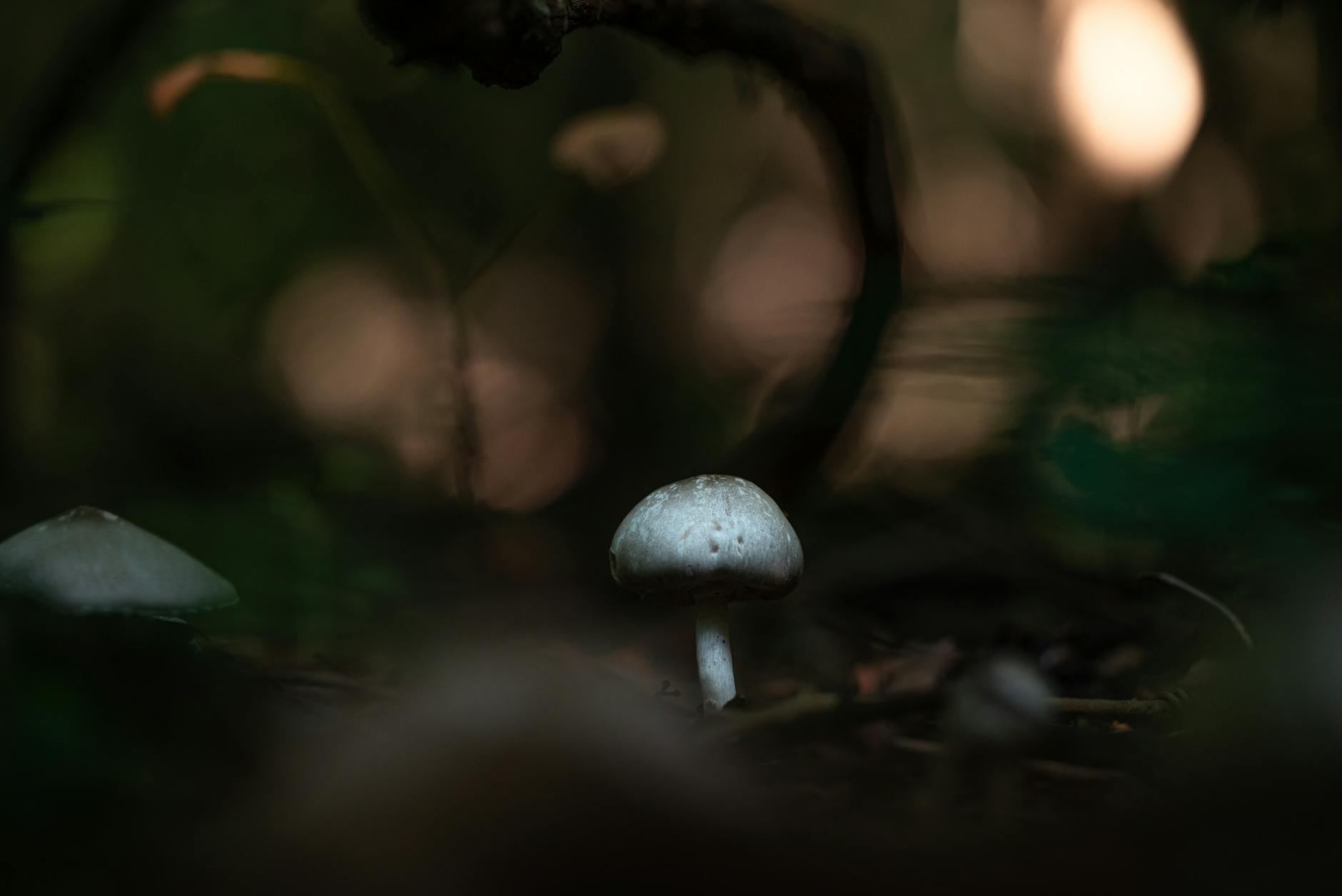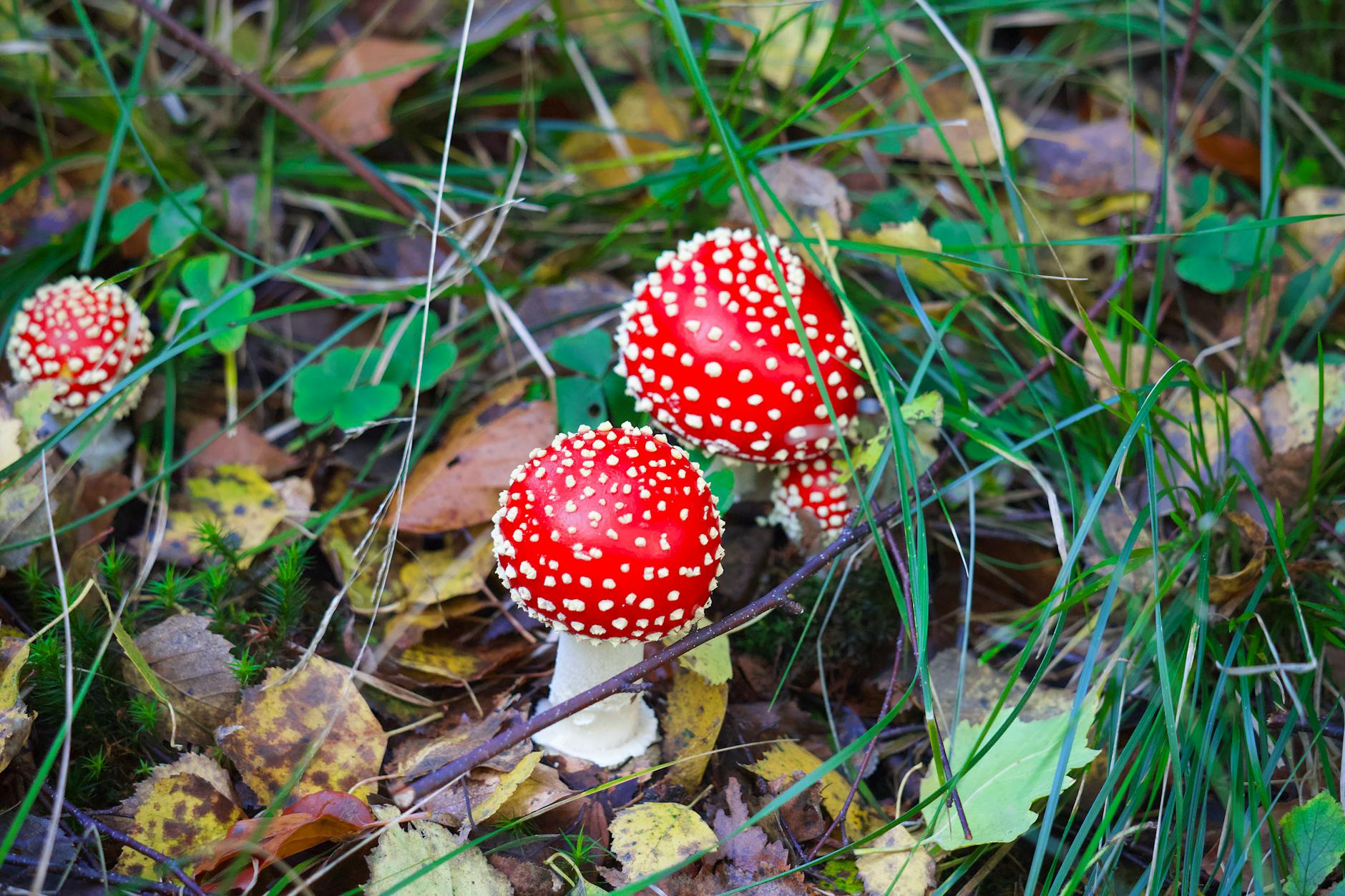Foraging Safety Tips: Avoid Deadly Wild Mushrooms!
Are you an adventurous forager who loves exploring nature and gathering wild edibles? Foraging can be a rewarding and enriching experience, but it is vital to prioritize safety, especially when it comes to identifying wild mushrooms. While many wild mushrooms are safe and delicious, there are deadly varieties that can cause serious harm or even be fatal if ingested. In this article, we will provide you with essential foraging safety tips to help you steer clear of deadly wild mushrooms and enjoy a safe foraging experience.
Understanding the Risks
Before you embark on a foraging expedition, it is crucial to understand the risks associated with collecting wild mushrooms. Some poisonous mushrooms can closely resemble edible varieties, making them challenging to differentiate, even for seasoned foragers. Consuming toxic mushrooms can lead to symptoms ranging from mild stomach upset to severe organ failure and even death. Therefore, it is imperative to approach foraging with caution and knowledge to avoid any potential hazards.
Identify Mushroom Characteristics
One of the fundamental foraging safety tips is to familiarize yourself with the key characteristics of wild mushrooms. Pay attention to details such as the cap shape, color, gills, spore print, and the presence of a ring or veil. Edible mushrooms often have distinct features that set them apart from poisonous look-alikes. Investing in a reliable field guide or taking a foraging class can help you become more adept at identifying different types of mushrooms accurately.
Focus Keyword: “Avoid High-Risk Mushrooms”
When foraging for wild mushrooms, it is essential to avoid high-risk varieties that have a greater likelihood of being toxic. Some common deadly mushrooms include the Death Cap (Amanita phalloides), Destroying Angel (Amanita bisporigera), and the Deadly Webcap (Cortinarius rubellus). These mushrooms contain toxins that can cause severe damage to the liver, kidneys, and other organs. To minimize the risk of accidental ingestion, steer clear of any mushrooms that you cannot confidently identify as safe and edible.
Conduct a Spore Print Test
To enhance your mushroom identification skills and ensure greater safety while foraging, consider conducting a spore print test. This simple yet effective method involves placing a mushroom cap, gills down, on a piece of paper or glass overnight. The spores released by the mushroom will form a pattern on the surface, helping you identify the mushroom species more accurately. Spore print tests can be particularly useful for distinguishing between similar-looking mushrooms and avoiding potential confusion.
Seek Expert Guidance
If you are unsure about the identity of a wild mushroom or have any doubts about its safety, do not hesitate to seek expert guidance. Joining a local mycological society or connecting with experienced foragers in your area can provide you with valuable insights and support. Building a network of knowledgeable individuals who can help verify mushroom species and offer guidance on safe foraging practices can enhance your foraging skills and ensure a more enjoyable and risk-free experience.
Conclusion
Foraging for wild mushrooms can be a rewarding way to connect with nature and enjoy the bounty of the outdoors. However, it is essential to prioritize safety and exercise caution when collecting and consuming wild edibles. By following these foraging safety tips and avoiding deadly wild mushrooms, you can enhance your foraging skills, protect your well-being, and savor the delights of the natural world without putting yourself at risk. Remember, when in doubt, err on the side of caution, and always prioritize safety first in your foraging endeavors.


